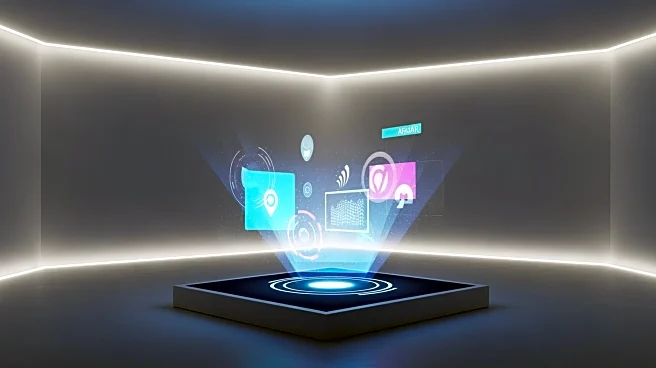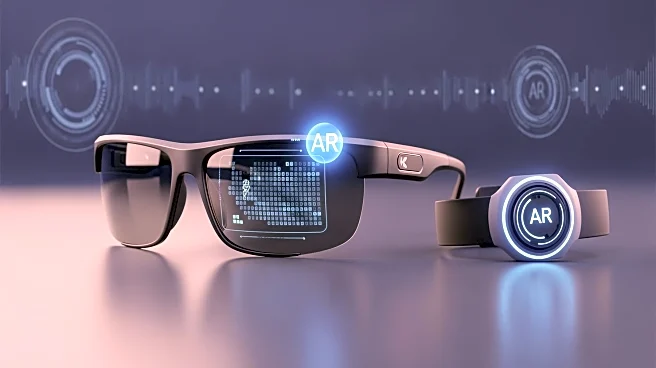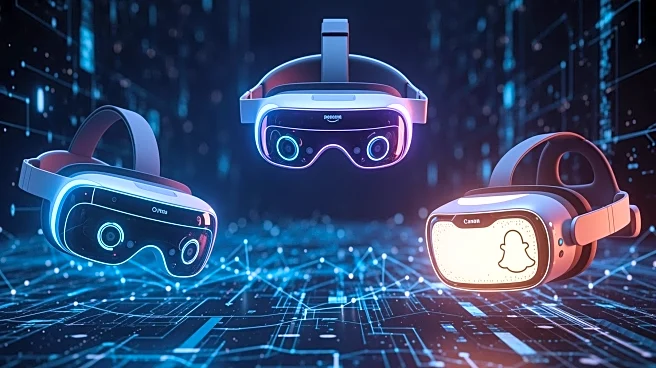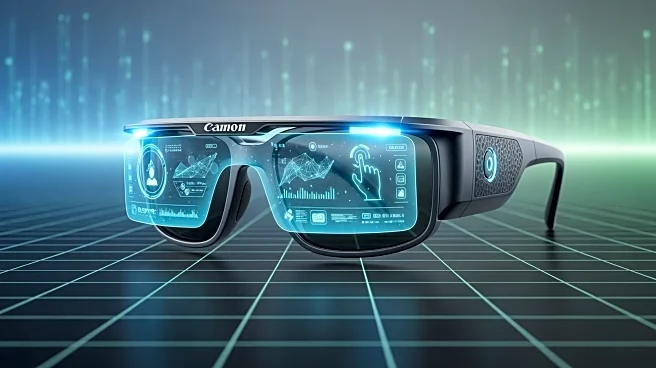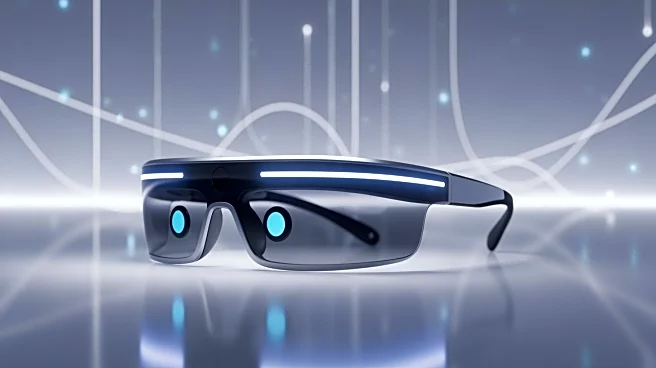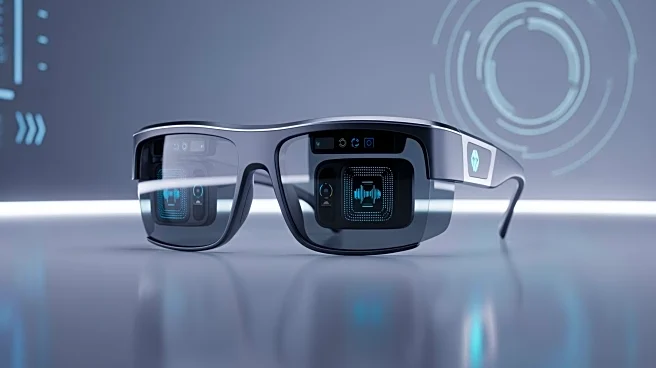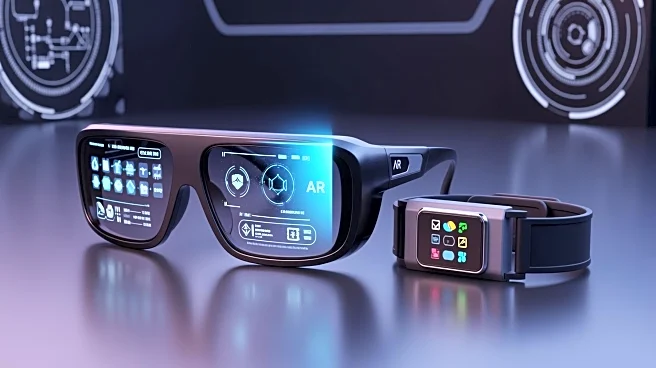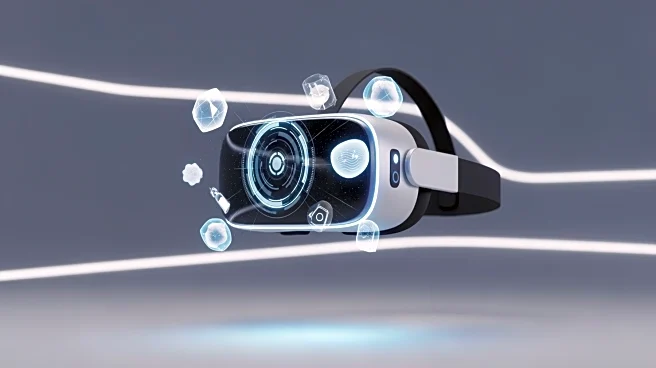What's Happening?
In 2025, the augmented reality (AR) landscape is undergoing significant transformations as major tech companies like Meta, Apple, and Niantic make strategic moves. Meta has launched the Ray-Ban Display, marking its entry into the retail market with AR glasses
priced at approximately $799. Apple has updated its Vision Pro with an M5 chip but is shifting focus towards developing more wearable smart glasses. Niantic has sold its games division for $3.5 billion to concentrate on geospatial mapping and Project Orbion, aiming to create a digital twin of the real world. These developments highlight a shift from prototype to product, with companies targeting different consumer segments, from fitness enthusiasts to enterprise users.
Why It's Important?
These advancements in AR technology are poised to reshape consumer and enterprise markets. For consumers, the availability of products like Meta's Ray-Ban Display and Apple's upcoming smart glasses suggests a move towards more accessible and practical AR applications. This could lead to increased adoption of AR in everyday life, particularly in fitness and navigation. For businesses, Niantic's focus on mapping and enterprise AR solutions indicates a growing market for AR in logistics, training, and field services. The competition among tech giants to dominate the AR space could drive innovation and lower costs, benefiting consumers and developers alike.
What's Next?
As AR technology becomes more mainstream, consumers will face choices between different ecosystems, such as Apple's, Meta's, and Niantic's platforms. Developers will need to focus on creating cross-platform applications to reach a broader audience. The success of these AR initiatives will depend on the ability of companies to deliver user-friendly and affordable products. The market is likely to see further developments in AR hardware and software, with potential new entrants and partnerships shaping the future landscape.
Beyond the Headlines
The shift towards AR technology raises questions about privacy and data security, as these devices often rely on location tracking and personal data. Additionally, the fragmentation of AR platforms could lead to challenges in standardization and interoperability, affecting both developers and users. The cultural impact of AR, particularly in how it changes interactions with the digital and physical world, will be an area to watch as these technologies become more integrated into daily life.
